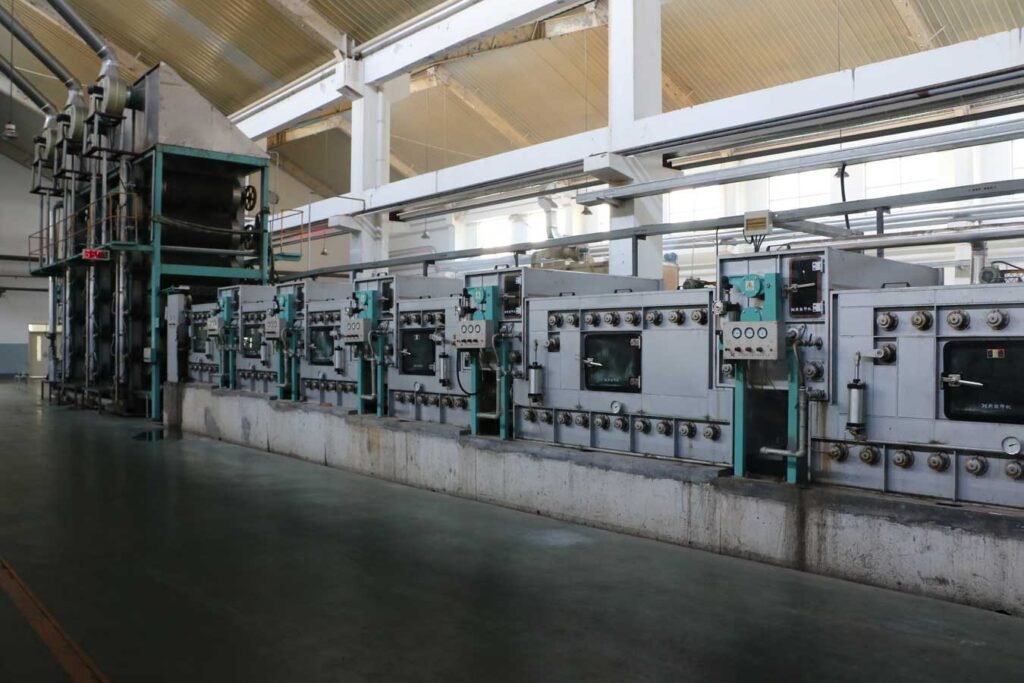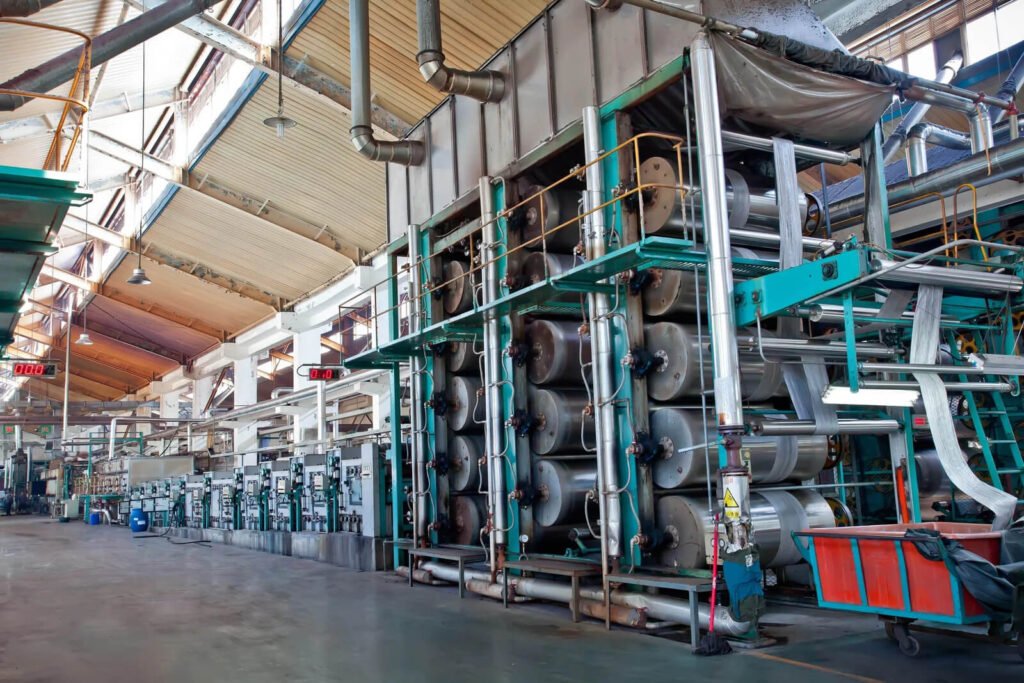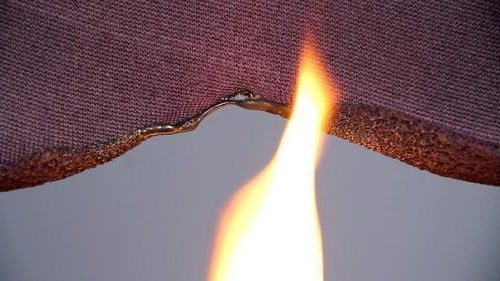What it the NFPA 2112? Essential Standards for Flame-Resistant Clothing in the Workplace

Workers in certain industries face real dangers from sudden fires that can strike without warning. Flash fires burn fast and incredibly hot—regular work clothes don’t stand a chance. NFPA 2112 sets out the requirements for special clothing to protect against these hazards. This standard focuses on flame-resistant garments that give people a fighting chance during […]
What is the EN 1149-5? Understanding the European Standard for Protective Clothing Against Static Electricity

Workers in certain industries face real dangers when they’re around flammable gases, vapors, or dust. Even a tiny spark from static electricity can set off an explosion. That’s exactly why EN 1149-5 protective clothing standards exist. This European standard spells out rules for clothing that safely disperses static electricity. The clothing has to meet strict […]
How to Dry FR Clothing? Protecting Flame Resistance

Flame-resistant clothing needs special care during drying to keep its protective properties intact and prevent damage. Plenty of workers make mistakes here, risking safety and shortening the life of their gear. The best way to dry FR clothing? Air dry it, or use a low-heat tumble cycle. Pull garments out while they’re still a bit […]
Is 100 Percent Cotton Fire-Resistant?

Lots of people think 100 percent cotton clothing protects against fire, but honestly, that’s a risky assumption. 100 percent cotton isn’t fire-resistant at all—it burns if you put it near flames, though it doesn’t melt like synthetics do. When you expose cotton to fire, it behaves differently than synthetic fabrics. Cotton will catch fire and […]
How to Make Cotton Fire Resistant?

Cotton burns fast—sometimes too fast for comfort. If you’ve ever seen a cotton shirt catch fire, you know it’s gone in seconds. Lots of folks need cotton that resists flames for work clothes, home stuff, or safety gear. The good news? You can make cotton fire resistant using chemical treatments, special coatings, or by picking […]
10 Best Laundry Detergent For Fire-Retardant Clothes

Fire-retardant clothing shields workers in risky jobs like welding, oil work, and electrical repair. These special clothes need the right care to keep doing their job. Using the wrong detergent can damage the fire-resistant coating and put workers at risk. Picking the best laundry detergent for fire-retardant clothes isn’t simple. Regular detergents often have harsh […]
Is Nylon Tent Fire-Resistant?

When you’re shopping for a tent, fire safety is probably somewhere on your mind. It’s a fair concern—especially with nylon tents, which are so popular thanks to their lightweight and durability. Nylon isn’t naturally fire-resistant. It can catch fire and melt if it gets too hot, but manufacturers can treat it with flame-retardant chemicals to […]
What does Flame-Resistant Meaning?

Workers in high-risk industries deal with flames, sparks, and intense heat every day. These hazards can cause severe burns—or worse—within seconds. So, what does flame-resistant really mean? Knowing the answer could honestly be the difference between staying safe and facing disaster in dangerous workplaces. Flame-resistant describes materials that resist catching fire and will self-extinguish once […]
How to use Fire Retardant Paint?

Fire retardant paint is a special coating that slows down how fast flames spread across surfaces when a fire starts. Unlike regular paint, these coatings have chemicals that help protect buildings and save lives during emergencies. Fire-retardant paints work by creating barriers against flames and are tested to meet specific safety standards like ASTM E-84 […]
How to Wash Flame Retardant Clothing?

Flame-resistant clothing keeps workers safe from fire hazards, but washing it the wrong way can ruin those protective qualities. It’s tempting to toss FR clothing in with the rest of your work gear, but that shortcut can actually make the garments less effective. Washing flame-resistant clothing takes a bit of care: you’ll need the right […]
